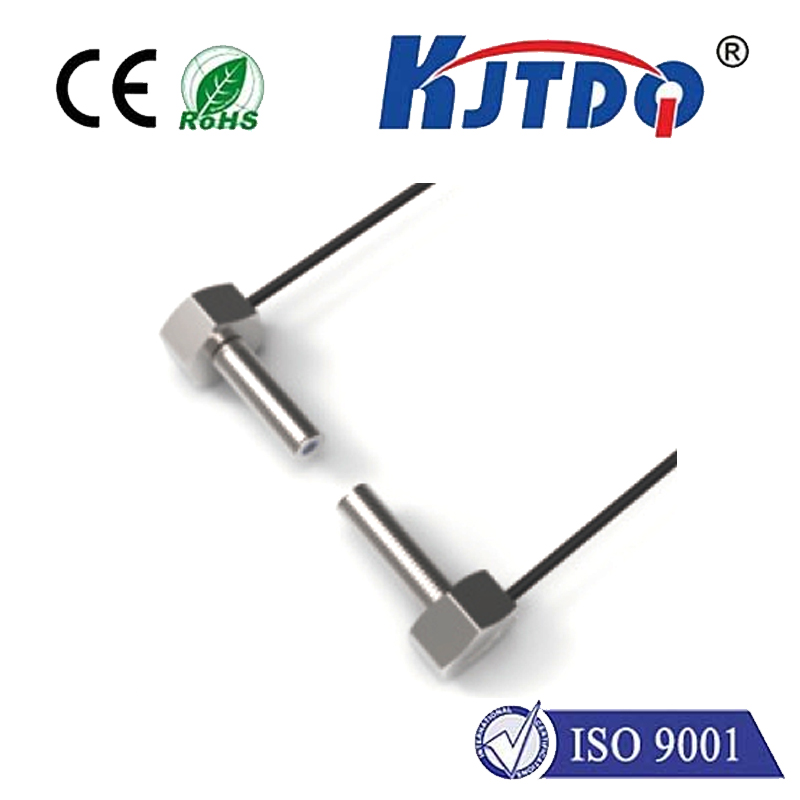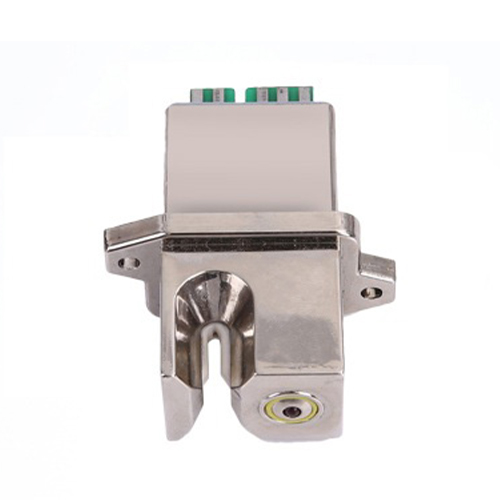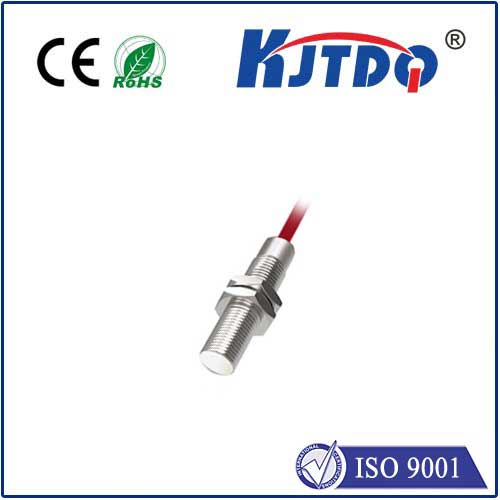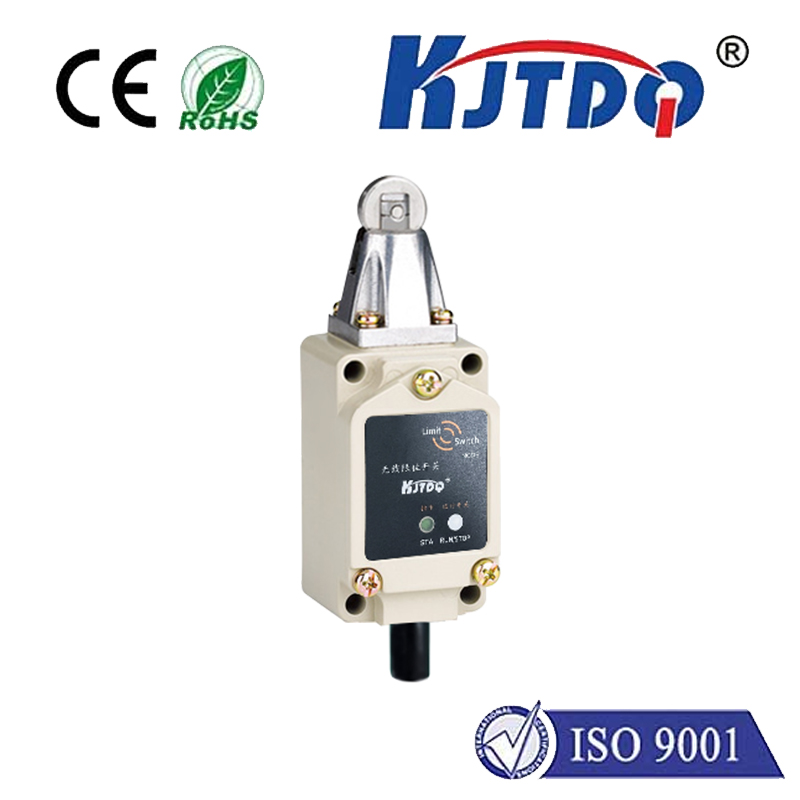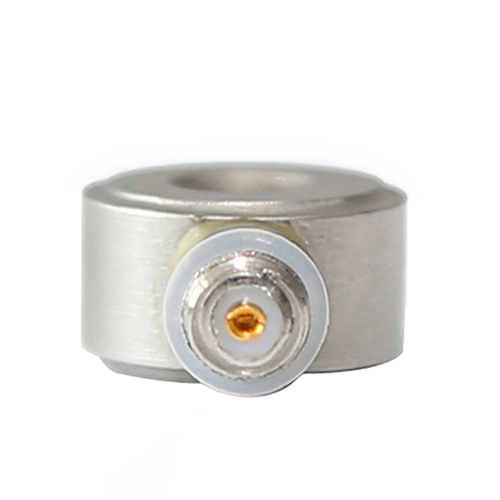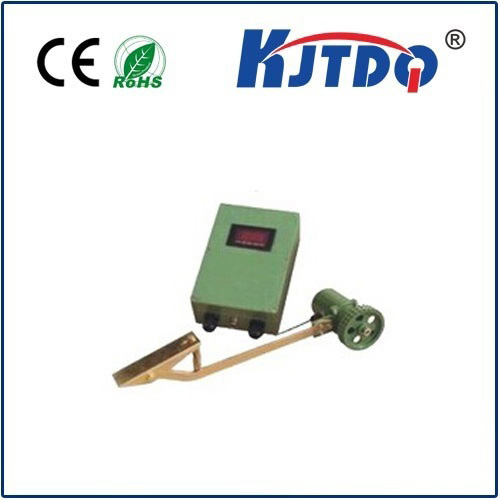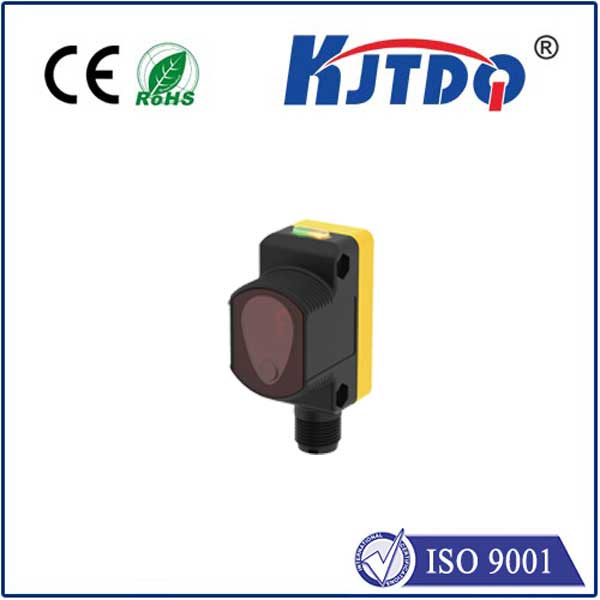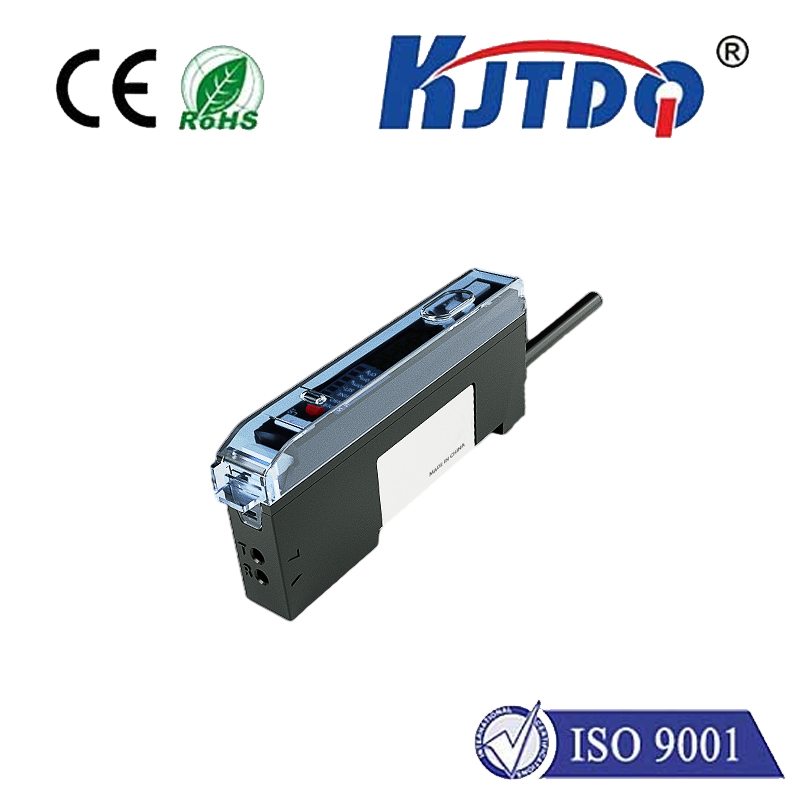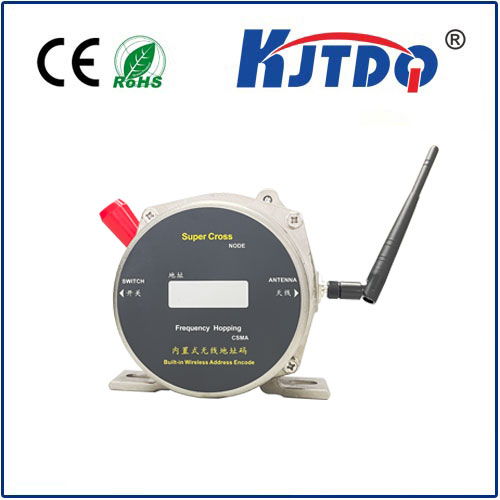laser sensor switch
- time:2025-08-29 03:05:23
- Click:0
Laser Sensor Switches: The Ultimate Guide to Non-Contact Precision Control
Imagine entering a room where lights flicker on silently as you approach, or a hygienic environment where machinery springs to life without a single touch. This seamless automation, enhancing convenience, safety, and efficiency, is often powered by an ingenious device: the laser sensor switch. This technology represents a leap beyond traditional mechanical switches and even some proximity sensors, offering unparalleled precision and reliability in detecting objects without physical contact.
But what exactly makes a laser sensor switch unique? At its core, it’s an optoelectronic device combining a focused laser emitter and a sensitive photodetector. Unlike diffuse or retro-reflective sensors that use standard infrared or visible light, laser sensors utilize a highly collimated beam – light rays traveling almost perfectly parallel. This beam is emitted continuously or in pulses. When an object interrupts this precise beam, the photodetector registers the sudden drop in received light intensity. This change triggers a predefined switching action within the sensor’s internal circuitry.
The Defining Power: Laser Precision
The key differentiator of laser sensor switches lies in the exceptional characteristics of the laser beam itself:

- Collimation (Minimal Beam Divergence): Laser light spreads out minimally over distance. This allows for detection over much longer ranges compared to standard light sources employed in other optical sensors. A laser sensor switch might reliably detect objects at 10 meters or more where a standard photoelectric sensor might struggle beyond 1 meter.
- Spot Size: The focused laser creates an extremely small, well-defined detection point. This provides superior precision in detecting very small objects, discerning fine details, or triggering only when an object breaks the beam at a specific, narrow location. Accuracy down to fractions of a millimeter is achievable.
- High Intensity & Visibility: The coherent nature of laser light results in high intensity, making the beam visible under most conditions. While not always required for function, this visibility significantly aids in the critical task of sensor alignment during installation and maintenance, saving valuable time and effort.
Where Precision and Reliability are Non-Negotiable
Laser sensor switches find critical applications where their unique capabilities provide indispensable advantages:
- Industrial Automation & Robotics: Precise object positioning on conveyor lines, verifying part presence or orientation before machining or assembly, triggering robotic arms for pick-and-place operations with micron-level accuracy, and monitoring intricate processes.
- Packaging & Material Handling: Counting items on high-speed lines (even small ones like pills), detecting label position or presence, confirming case sealing, precise positioning for cutting or filling operations.
- Security & Access Control: Creating invisible “trip wires” for perimeter protection, detecting entry through doorways or windows, safeguarding restricted areas. The long range and thin beam profile make them ideal for creating discrete barriers.
- Elevators & Automatic Doors: Ensuring passenger or object safety by precisely detecting presence within the door path before closing, offering superior performance over ultrasonic sensors in complex environments.
- Laboratory & Medical Equipment: Used in analytical instruments for sample detection, precise liquid level sensing in vials, triggering exact mechanisms in diagnostic devices, and controlling sterile environments where non-contact is essential.
- Printing & Paper Handling: Detecting paper jams, verifying sheet registration (alignment), counting sheets, and ensuring precise positioning for printing heads or cutters.
Why Choose Laser Over Alternatives? Key Advantages
The compelling benefits of laser sensor switches have driven their widespread adoption:
- Exceptional Accuracy & Resolution: The pinpoint laser spot enables detection of minute objects or position changes impossible for other sensor types. Precision is their hallmark.
- Long Sensing Ranges: Capable of reliable operation over distances considerably greater than standard photoelectric, ultrasonic, or capacitive proximity sensors.
- Minimal Environmental Interference: Laser light is less susceptible to ambient light variations (sunlight, room lights) compared to standard infrared sensors, often featuring sophisticated ambient light rejection. High immunity to acoustic noise unlike ultrasonic sensors.
- High Speed Switching: Laser sensors can respond incredibly quickly to beam interruptions, making them suitable for very high-speed production lines and applications demanding rapid reaction times.
- Non-Contact Sensing: Eliminates wear and tear associated with mechanical switches and avoids potential marking or contamination of delicate objects.
- Simplified Alignment: The visible laser beam dramatically simplifies initial setup and verification of alignment, compared to invisible infrared beams. Alignment reliability is a major operational benefit.
Choosing the Right Laser Sensor Switch: Key Considerations
Selecting the optimal laser sensor switch requires careful evaluation of your specific needs:
- Sensing Range: How far away does the object need to be detected? Specify the required operating distance.
- Object Size & Precision Requirements: How small is the object? How precise does the detection point need to be? This directly relates to the required laser spot size.
- Operating Environment: Consider ambient temperature extremes, potential exposure to dust, moisture, oil, vibration, or explosive atmospheres. Look for appropriate Ingress Protection (IP) ratings (e.g., IP67) and material construction (e.g., stainless steel housing).
- Output Type: What signal does your control system need? Common options include:
- PNP/NPN (Sourcing/Sinking): Standard digital transistor outputs (e.g., 24V DC).
- Relay Output: Useful for switching higher currents or AC loads directly.
- Analog Output: Provides a continuous signal proportional to the distance to the target object (common in laser distance sensors, a related but distinct category).
- Power Supply: Match the sensor’s voltage requirements (e.g., 10-30V DC) to your available power source.
- Response Time: How quickly must the sensor react to a change? Critical for high-speed applications.
- Beam Visibility: Is a visible red laser beam acceptable, or is a less visible infrared laser required for discretion?
- Special Features: Consider if features like adjustable sensitivity (amplified threshold), time delays, synchronization for opposing mode setups, or specific communication protocols are required.
Laser sensor switches represent a sophisticated solution for applications demanding the pinnacle of non-contact detection precision, long range, and reliable operation. Their ability to create highly focused “light barriers” allows for automation, safety, and process control at levels unattainable with conventional switches or sensors. From guiding robots on a factory floor to securing a sensitive perimeter, the focused power of the laser emitter, coupled with the sensitive photodetector, provides an elegant and powerful solution for modern technological challenges. When your application needs to see the difference, a laser sensor switch provides the clarity.






